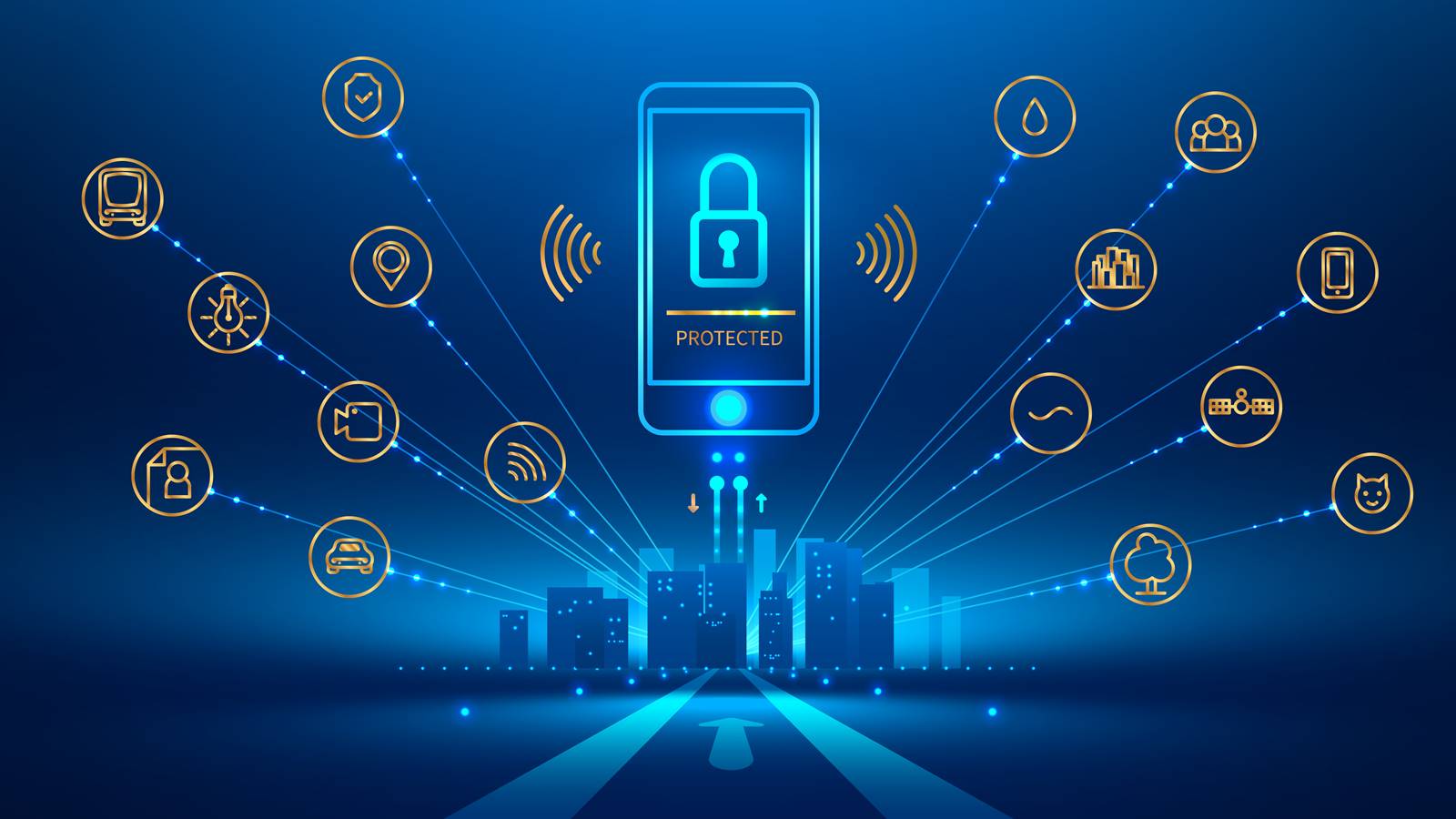Five Strategies to Strengthen Network Security
This article discusses the attributes of network security. The features include non-repudiation, which means that the sender is assured that his message was accepted, and resilience, which refers to the ability to deliver the outcome continuously. In future articles, we’ll discuss continuous improvements, post-deployment analysis, and load-balancing. Consider these five strategies.

MAC address filtering
MAC address filtering can be an essential tool to improve network security. However, it’s not a sufficient security measure by itself. In addition to other security measures, it can lead to the sidelining of important network security strategy such as password policies. In addition, MAC address filtering may not stop a determined hacker. Instead, it provides an extra layer of protection by preventing employees from opening security holes.
MAC address filtering has many benefits. It helps prevent a common problem for network administrators: network free-for-all. It also prevents password leaks. In addition, it prevents your neighbors from hopping on the network without permission and can help prevent malicious software from infiltrating your network. However, it is essential to note that MAC filtering is less useful in home networks and is not a good option for parental control settings. Therefore, MAC address filtering is best used in institutional or enterprise networks.
Limiting administrative privileges for infrastructure devices
As a network administrator, you can limit access to resources by enforcing a firm password policy and restricting administrators’ access rights on infrastructure devices. However, this does not always stop attackers from accessing these devices. Intruders may exploit unauthorized privileges if they are widely available or not closely audited. Fortunately, there are ways to mitigate this risk by implementing secure access policies and procedures.
Most network infrastructure devices are easy targets for attackers. They are not protected at the same level as general-purpose computers. There are a few steps network administrators can take to protect these devices. These devices are crucial to the network, allowing it to carry data, applications, services, and multimedia. Infrastructure devices include firewalls, routers, intrusion detection systems, domain name systems, and storage area networks. Because they must pass traffic, attackers can alter this traffic if they have a presence on the gateway router.
Using cloud services to build load balancers
The newest generation of load balancers can handle session persistence. This allows upstream servers to cache the information users request. However, switching servers will require a second fetch, creating performance inefficiencies. A new generation of load balancers can handle this problem.
Cloud load balancing is the practice of evenly distributing traffic across multiple servers. This practice improves security, scalability, and performance. It also offers a defense against DDoS attacks. But not all load balancers are created equal. This article will discuss three essential attributes of a modern load balancing solution. Let’s start by understanding what each of these focuses on.
Using IPS technologies
IPS technologies are a great way to bolster network security. IPS technologies are real-time security systems that examine every packet moving through the protected space. They can take immediate action if a threat is detected but also produce false positives that slow down traffic. Using IPS can be helpful for many reasons, but knowing what to look for before you use them is crucial.
An IPS can also provide deeper insight into network operations. It can detect overactive hosts, bad logons, and inappropriate content. It also supports some network and application layer functions. Using IPS is an excellent way to protect your network from attacks and evade sophisticated threats.
Educating employees on the importance of network security
Educating employees on the importance of network and system security can significantly impact productivity. Employees should be aware of their role in cybersecurity, and onboarding training should include security measures. HR personnel should also be involved in cybersecurity training, as old training policies created a culture of fear and uncertainty and used negative reinforcement and punishment. Rather than encouraging good habits, penalties for violations can cut into productivity.
Training employees to be cautious with their devices is essential, as these can act as gateways for hackers. Educate them on the differences between personal and work accounts and enforce policies that allow them to distinguish between them. Limiting access to personal devices, implementing a web filtering policy, and monitoring work accounts are all necessary measures that can help protect networks. Employees should also be taught to recognize security threats, including unexplained errors and antivirus warnings.
